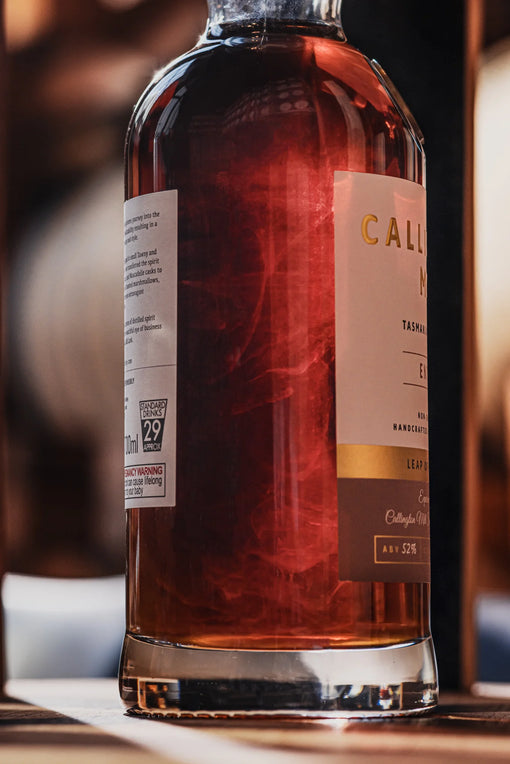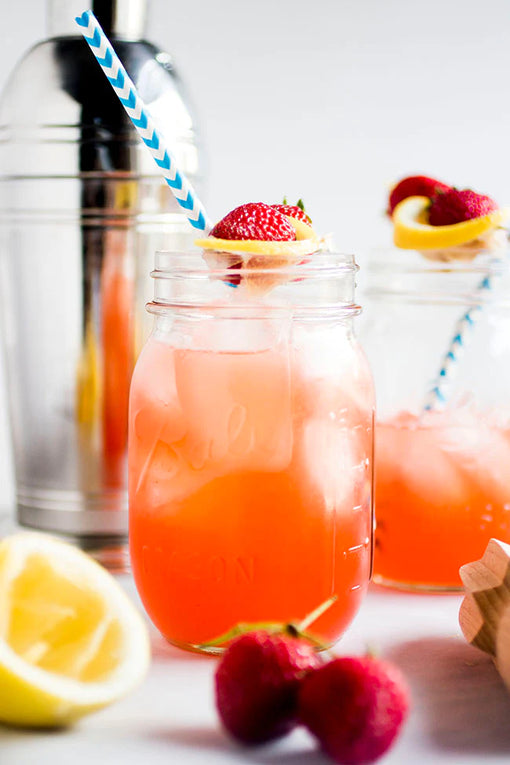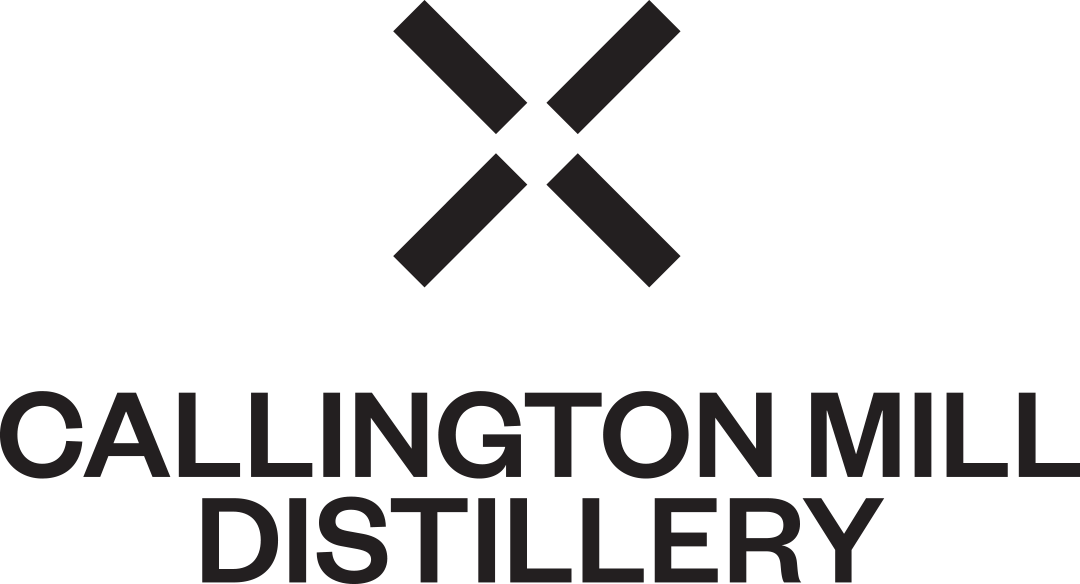Australians have long been known to appreciate a drink, so it's entirely plausible to think that the first free European settlers began distilling alcohol as soon as they arrived here in the late 18th century. Read on to learn about the fascinating history of whisky making in Tasmania.
THE FIRST END TO PROHIBITION
Back then, Tasmania was called Van Diemen's Land in honour of the governor general of the Dutch East Indies. The first non-natives settled on the eastern shore of the River Derwent at Risdon Cove in 1803. A year later, Lieutenant Governor David Collins moved the town across the river and the city of Hobart, Tasmania was born.
RIVER DERWENT 1800'S

Beer brewing was encouraged in colonial Tasmania, but the distillation of spirits was not. In fact, distilling was illegal until 1822, when then-governor Lachlan Macquarie acquiesced to the notion that people were going to distil spirits no matter what the law said. Macquarie also realised that legalising whisky would stimulate grain production and bring in a healthy amount of tax money, and small batch distilling was declared lawful.
In 1822, Thomas Haigh Midwood opened Australia's first legal distillery. Located in Hobart, Sorell Distillery started making whisky in Tasmania a full two years before Scotland's Glenlivet distillery. Once lawful, more than a dozen new distilleries followed in Midwood's footsteps. Thomas Haigh Midwood's personal success was short-lived, however, because he died in September 1823.
DISTILLING BECOMES ILLEGAL AGAIN, BUT ONLY IN TASMANIA
Unlike Scotland, where distilleries have been operating non-stop since the 19th century, the legal whisky business in Tasmania lasted but a few short years. In 1839, the Distillation Prohibition Act officially outlawed all distillation in colonial Tasmania, explains Monocle magazine. Lady Jane Franklin, the teetotal wife of then-governor, John Franklin, famously promoted passage of the Act when she proclaimed:
"I would prefer barley be fed to pigs than it be used to turn men into swine."
Oddly, the ban on small batch distilling did not extend to mainland Australia but lasted more than a century in Tasmania. In the meantime, Van Diemen's Land changed its name to Tasmania in honour of the first European to get a glimpse of the island we know and love today.
JOHN FRANKLIN

ENTER THE GODFATHER OF TASMANIAN WHISKY
Prohibition in Tasmania endured until 1992, when a pioneering whisky maker by the name of Bill Lark successfully challenged the unfair and outdated law. Bill Lark was determined to distil first class whisky, but he wanted to do it legally.
While researching how to go about getting a distiller's license in Tasmania, he became aware of Australia's utterly antiquated liquor laws that pertained only to the island. In addition to the Distillation Prohibition Act of 1839, there was another perplexing law, the 1901 Distillation Act, which only permitted massive stills that were beyond the scope of small craft whiskey makers. Lark spoke to Tasmanian MP Duncan Kerr about the discriminatory laws. Kerr relayed Lark's concerns to Federal MP Barry Jones. Ultimately, both laws were amended, and Lark Distillery was established as the first legal Tasmanian distillery since 1882.
Many locals already wanted to make whisky in Tasmania, and lawmakers didn't put up a fight. In fact, the local customs office may have been as thrilled about the end of prohibition than the local whisky makers. As Bill told
Scottish Field magazine:
"A lot of people ask me how much of a fight I had to go through, but there was no fight at all. I was pushing at an open door."
BILL LARK
IT TAKES TIME TO MAKE A GREAT WHISKY
Locally sourced barley, pristine water, Tasmanian Highland peat, and hand-selected oak casks are not the only things Lark used to produce the first above-board Tasmanian whisky in a century and a half. It also took time. In 1998, Lark Distillery released their first commercial --and legal-- distilled single malt whisky to exuberant public acclaim. In 2015, Bill Lark became the first distiller from the Southern Hemisphere to be inducted into the Whisky Hall of Fame and he is known as the Godfather of Tasmanian Whisky.
MODERN TASMANIAN WHISKY
The modern Tasmanian whisky industry that we know today started in the early 1990’s with Lark Distillery founded in 1992 and the Tasmania Distillery which founded in 1994 in Sullivans Cove. Tasmania Distillery changed hands in 1999 and renamed itself Sullivans Cove. The new owners prevailed upon Bill Lark to craft a high-quality single malt whisky. Lark's friend Patrick Maguire ultimately purchased the distillery from the second owners and moved operations to Cambridge. In 2014 Sullivans Cove won the prestigious World Whisky Awards, World's Best Single Malt and really put Tasmanian whisky on the map.
Tasmanian Whisky is spelt without the “e” pointing to its Scottish heritage whereas American and Irish Whiskey is spelt with the “e”. The caveat here is another story with Bill Lark at the start of the tale. In the 1990’s a land surveyor, Damian Mackey went to do some work for Bill Lark and Damian observed, and became fascinated by, those early years of the modern Tasmanian Whisky industry. In the early 2000’s Damian began making whisky but he honoured his own Irish heritage by making triple-distilled whisky (technically speaking: whiskey).
DAMIAN MACKEY

In 2007 Damian and Madeleine Mackey started Mackey’s Distillery in New Town. Eight years later, they and the Kernke family established Shene Distillery, where John Ibrahim later joined as a shareholder. John Ibrahim, whose friendship with the 'Godfather of Tasmanian Whisky,' Bill Lark, led the pair to travel to Scotland where they got a true 'behind the scenes’ look at European whisky making. John knew from that time his future and his legacy were tied to whisky making. John was already a partner with Bill Lark at Old Kempton Distillery before joining the Shene Distillery team.
In 2021 John Ibrahim was instrumental in the sale of Shene Distillery to Lark Distillery in a major win, win for the Tasmanian Whisky industry, providing Lark with a much-needed base and expanded distilling operation, and allowing John the time to focus on Callington Mill Distillery.
JOHN IBRAHIM

Callington Mill Distillery is a dream come true for John. When establishing the distillery, there were no existing turnkey distillery options available in Tasmania. Thanks to an exciting collaboration with Kolmark’s Mark Kolodziej, and a trip to Cardona Distillery in New Zealand, new equipment was developed specifically for Callington Mill Distillery. The latest Tasmanian technology has been utilised to bring about a new era in Tasmanian Whisky and create a distillery on a scale not previously seen in Tasmania.
‘We have built the Rolls Royce of Whisky Distilleries’ - John Ibrahim
CALLINGTON MILL DISTILLERY

Today, there are more than 80 whisky distilleries located throughout Tasmania. Far from being rivals, Tasmanian distillers enjoy a collegiate brotherhood and inspire one another to create award-winning whiskies that are enjoyed around the world.
The fascinating history of whisky making in Tasmania is only just beginning. Callington Mill’s vision is to become a “world-wide recognisable brand” helping to take Tasmanian Whisky to the next level on the global stage.











